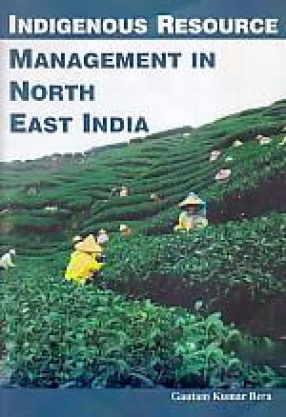
Omsons Publications

36 books

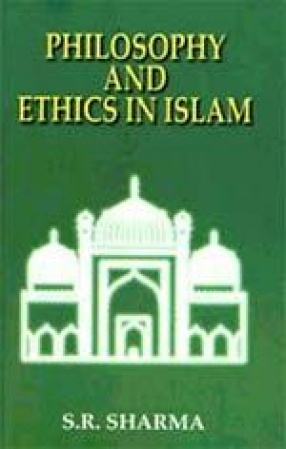
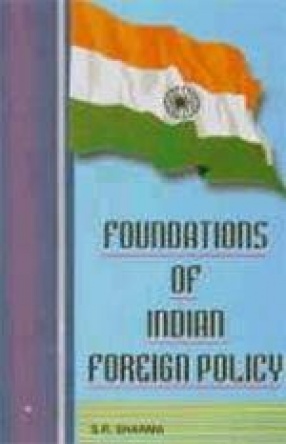





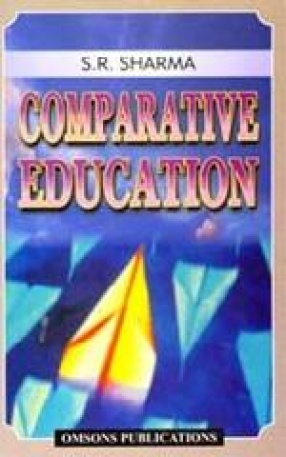
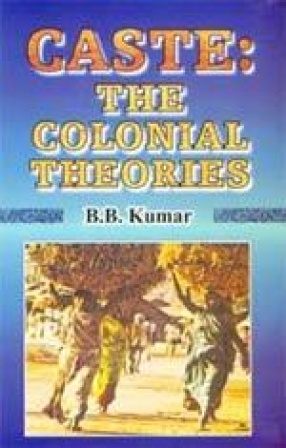
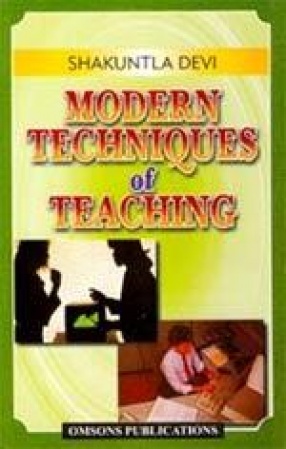
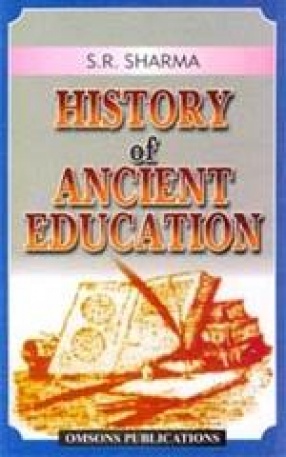
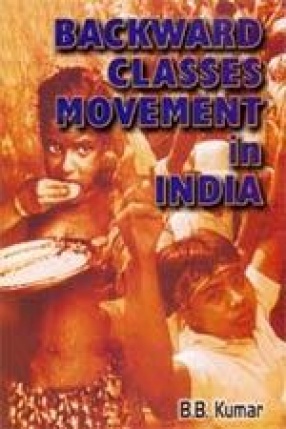
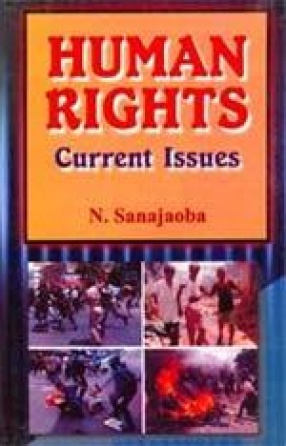
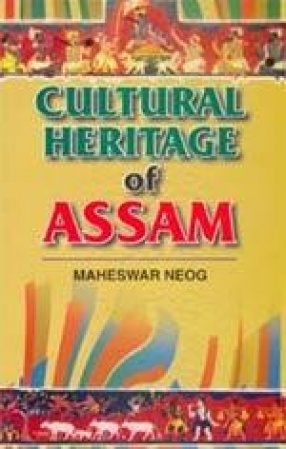

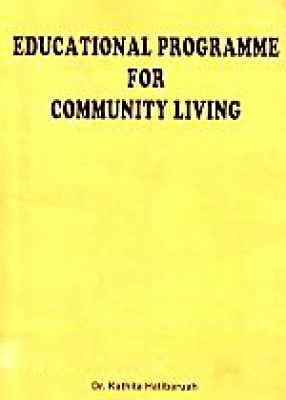
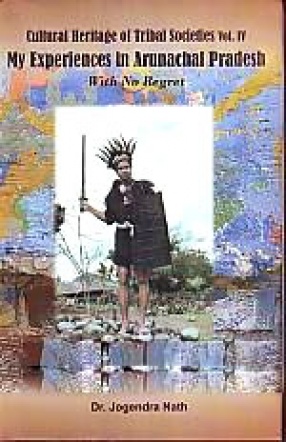
With no regret is the result of his relentless efforts to make this culture his own.
This book realises how deeply the author was associated with the culture and life of the Arunachale people. In depicting the pictures of Arunachale life the author does so as an insider not an outsider sitting with them, eating with them, singing with them, dancing with them, eating what the various tribes of the state eat, putting on their dresses, and even sharing everything ...
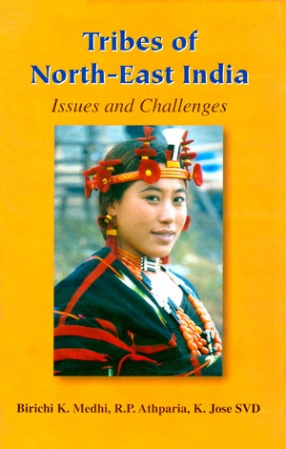
“The Tribes and Castes of Northeast India” is a collection of papers presented in a National Seminar on the Tribes and Castes of North –east India, organized jointly by Sanskriti (North Eastern Institute of Culture and Religion) Guwahati, Anthropological Survey of India, Kolkata, Indian Council of Social Science Research, Shillong, Archdiocese of Guwahati, Oisho Bani Soceity, Agartala and Biocese of Agartala. The Seminar was held at North ...

The establishment of British power in North East India was a prolonged process of piecemeal conquest consolidation and colonization of the economy since 1826. There had been an awareness of the exploitative nature of the colonial rule initially for the collection of revenue. With the discovery of tea, coal and petroleum in subsequent times, the exploitation became severe.The popular resistance took the form of civil rebellions, tribal uprisings and peasant ...
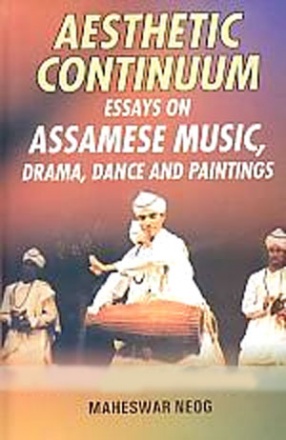
The great Sankardeva movement thus brought about a new and comprehensive outlook on life and a distinctly healthy tone to social behaviour. It accelerated the pace of renascence of literature and fine arts like music and painting. The dignity of the individual endeavour of man as a distinct religious being and not as ‘the thrall of theological despotism’ was declared. Assam discovered herself as an integral part of the holy land of Bharatavarsa, and ...


This book fulfill a long felt need of a comparative study in Islamic philosophy and ethics. In the world of international interactions today the book will prove to be of immence value.

This book studies Indian foreign policy in its historical perspectives both horizontally as well as vertically. The role of Jawahar Lal Nehru in formulating Indian foreign policy has been highlighted properly. Indian foreign policy has been discussed and analysed in all its dimensions for example, Indian foreign policy and super powers; Indian foreign policy and the Afro-Asian world; Indian foreign policy and its neighbours, like China and Pakistan. It is hoped ...




This work is a pioneer attempt to explain the regional roots of Indian nationalism in Punjab and also to study the role played by the Akalis in the country's struggle for independence from 1926-47. Based on vast unpublished source materials, it examines their political activities which primarily involves the study of their relations with the British Government of India, Congress and other political organizations. The author makes an in-depth study of the ...

"Juvenile delinquency cases appear to be largely related to factors such as poverty, unemployment, uneducated or illiterate parents, lack of recreational facilities and lack of organised arrangement to utilise leisure. This book dwells mostly on Indian situations and offers some suggestions for the remedy of juvenile delinquency among women and their rehabilitation. The book has special significance for social welfare organisation of the government, the ...
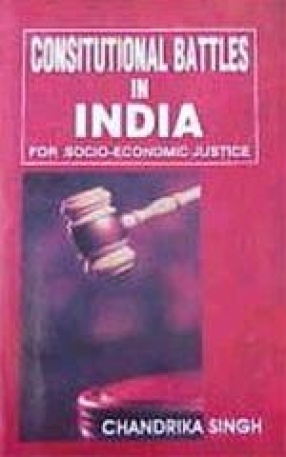
The Constitution of India, the largest written document of the democracy, represents various divergent groups and sections of people who differs in their religions, faiths, castes, languages, culture and way of life. In the beginning the constitutional controversies and conflicts remained confined to the conscious people, but as the political consciousness of the general mass grew up due the policies of the government, the forces of conservative and socialist ...

"Women studies are the need of the hour especially for the developing world. In this book role of women in all its dimension has been explored. It is hoped the book will prove to be of much use to researchers, planners and governmental and non-governmental agencies."

In this book an attempt has been made to analyse the resource potentials, existing infrastructural facilities, patterns of industrial development, policies adopted by the state governments in the line of the new industrial policy, 1991 of the Govt. of India and the opportunities for starting new industries in the region. The book makes a critical study of the various aspects of industrial development in the region. It discusses in detail about the factors like ...

Different political systems have developed different educational systems. How education functions in democracy; how it is related to nationalism and how it works in totalirian systems? All these questions have been discussed in great detail.

The Case is the unique social institution in the world. It is also the most misunderstood and deliberately misinterpreted and highly maligned system. The book tries to view caste in proper perspective. It was subjected to misinterpretations by the British colonial administrators and scholars. The book discusses the same and the ‘Colonial Theories of Caste’ in detail.

There has been great progress in the delivery systems of the curriculum. In the ancient system of education the role of the teacher was pivotal. But experience and educational research have given new modes of delivering the units of curriculum to the students. The present book tries to discuss all the modes of teaching like lecture method, discussion method and other skill of learning.

History of Education is a very interesting subject. Ancient Education was definitely different from modern education in many aspects. This book mainly dwells both on Western Civilisation and Eastern Civilisation. The culture epochs associated with the Paleolithic were established in western and northern Europe where the archeological discoveries relating to Old Stone Age Man originated. It is now known that similar cultural developments and sequences were ...

The book discusses professional mobility and the job-reservation in India. It also informs about the Backward Classes commissions and their reports.

The book embodies current human rights themes of the 21st century – from Terrorism to National Questions and further to International Criminal Court, established recently in 2002. The menace of terrorism penetrates into study room of the opinion-makers and the scholars, who would examine it not merely from the morphological angle but from the perspective of a normative structure. The collective global concern is addressed to a prescriptive arrangement for the ...

